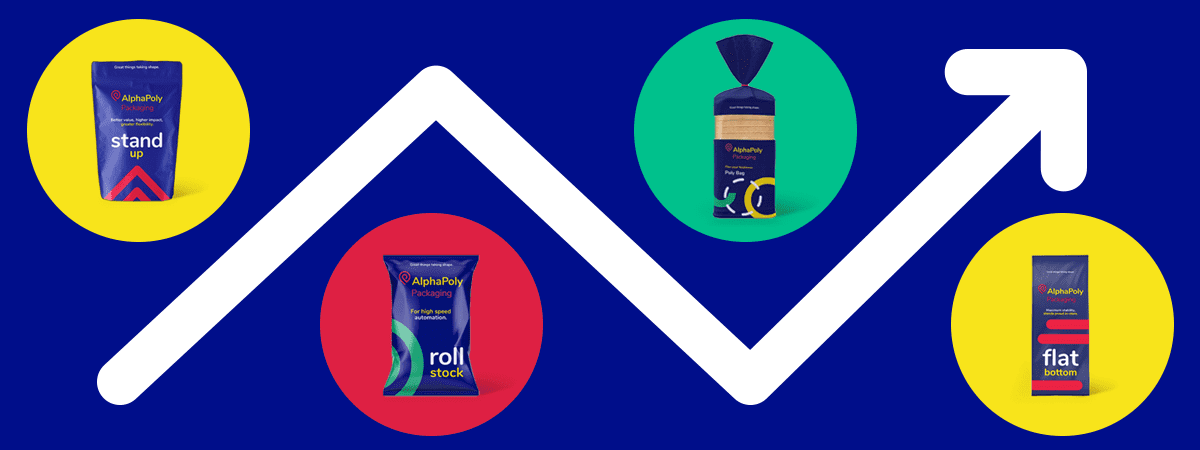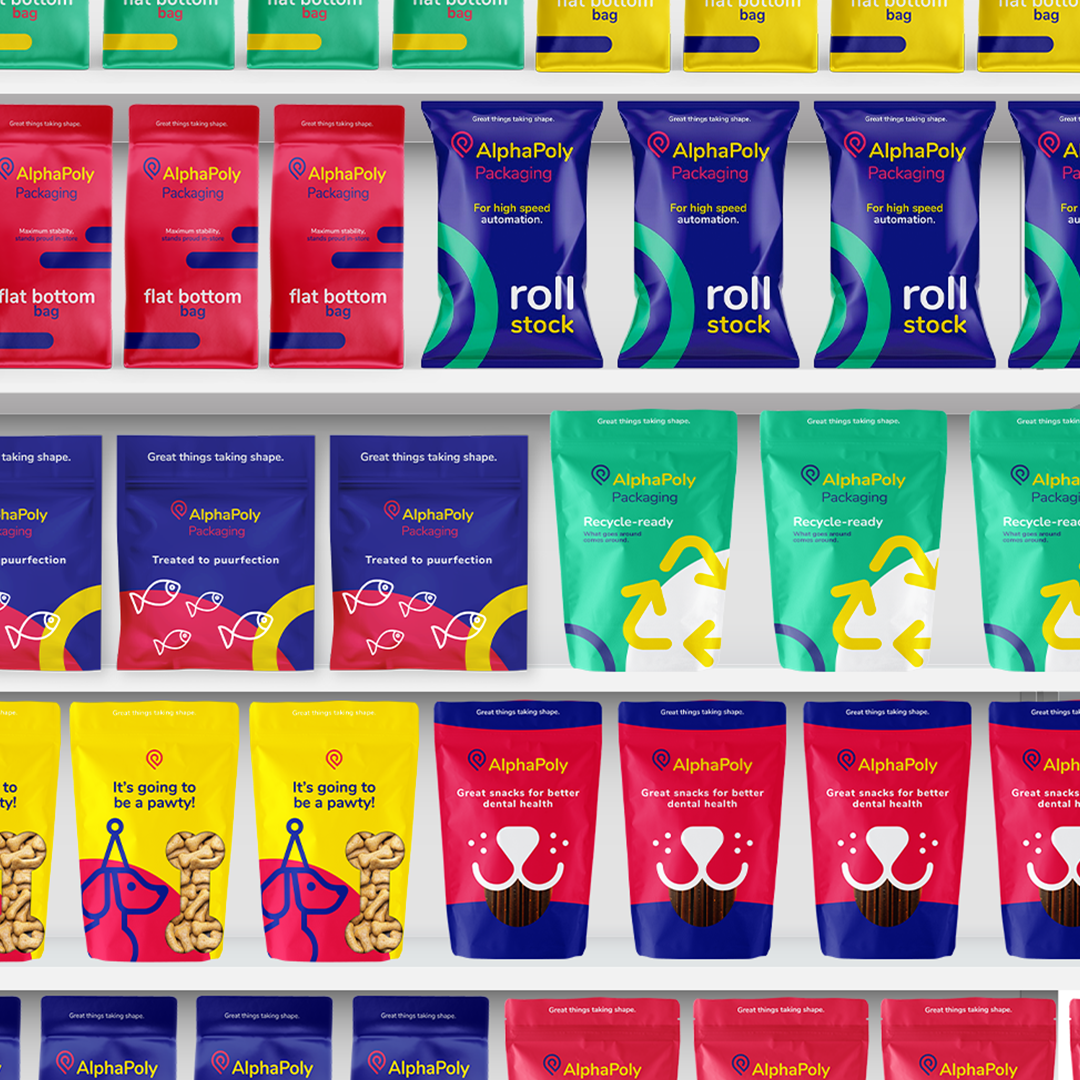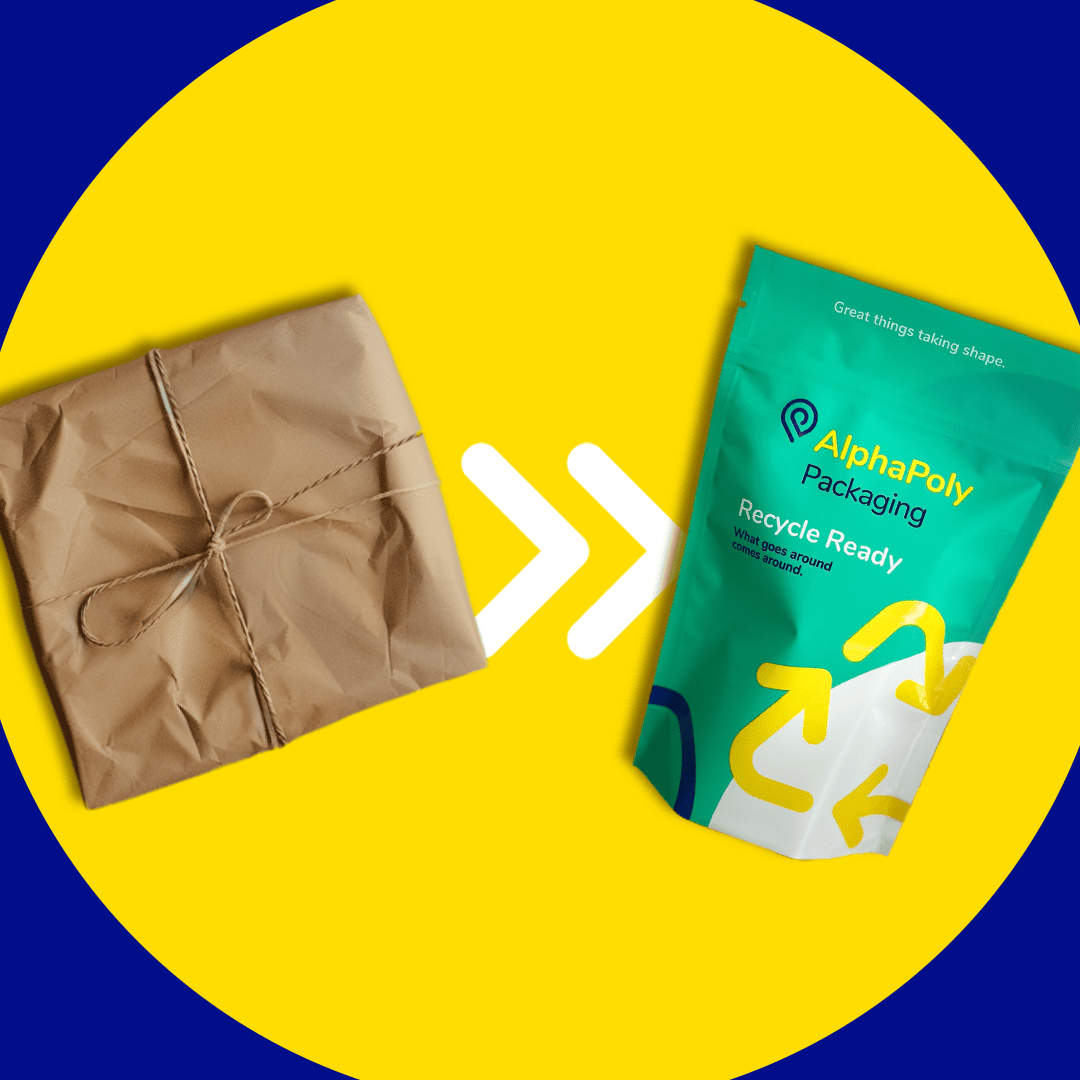It’s easy to connect consumer trends to products being sold, but those same trends also impact the way goods are packaged.
Everything from the environment to the Internet of Things (IoT) plays a role in how consumers view both the products they buy and the packaging in which those products come. Gone are the days when packaging was only a means of presenting your brand. Now it’s that and so much more.
The Environmental Responsibility of Product Packaging
Global warming, melting icecaps, and pollution are just a few of the aspects most consumers notice about the environment and want to see addressed by governments, corporations, and individuals.
It’s counterintuitive for a consumer to purchase organic products that are sold in packages that take centuries to degrade. Instead, they prefer less packaging, recyclable packaging, and compostable packaging.
We’ll discuss the rationale for less packaging in the next section.
Recyclable packaging occurs from two perspectives. First, the consumer goods brand uses materials that have been recycled to form their package. Secondly, the consumer properly disposes of packaging that can be recycled. Brands should be aware of where they source packaging materials as well as whether those materials can be recycled downstream.
Compostable packaging is biodegradable, eliminating the need for consumers to find a recycling facility.
Ecommerce Ready Packaging
Consumers who hadn’t already discovered the convenience of online shopping before the pandemic have since grown to love and expect it. As a result, brands need to reevaluate the “shipability” of their packaging. The weight of the product won’t necessarily change, but the way it’s packaged can impact the cost of shipping as well as the quality of how the product arrives after being shipped.
For example, are product containers easily stackable and packable, or do they leave empty space in a shipping carton? Is it essential to have both a pouch and a box or will one or the other suffice? If the product gets shipped as it appears on the shelf, will the contents of the package be compromised in any way?
It’s no longer a matter of whether your product will be shipped, but how it will be affected by the shipping associated with online shopping.
Connected Packaging
When you think of the Internet of Things (IoT), you may think of doorbell cameras and thermostat controls, but it’s so much more than that. Some retailers use IoT to help manage inventory, measure foot traffic, and strategize product placement.
IoT also offers applications for packaging. For example, AlphaPoly can print packages using Digimarc watermarks. These watermarks add a QR code to products that enable consumers to use their smartphones to learn more about products before purchasing them. In the UK, consumer goods brands are also using the watermarks to help sort packaging for recycling, incorporating two consumer trends into one application.
Scroll-Stopping Packages
Brands need to consider how their packaging stands out from competitors on the shelf, to be sure, but they also need to consider how the packaging might garner attention online.
Whether or not a brand has an active social media presence, users and consumers will be online and potentially ranting or raving about certain products. Or the package could be visible in the background. Or an unpackaging video could grab the attention of someone just scrolling by…
Consumers are reading online reviews, watching influencer videos, and making purchases online. Will your package be memorable and functional enough to grab their attention?
Need help with product packaging? Chat with the experts at AlphaPoly to learn more about how to make your packaging connect with your target audience, wherever they may shop.



